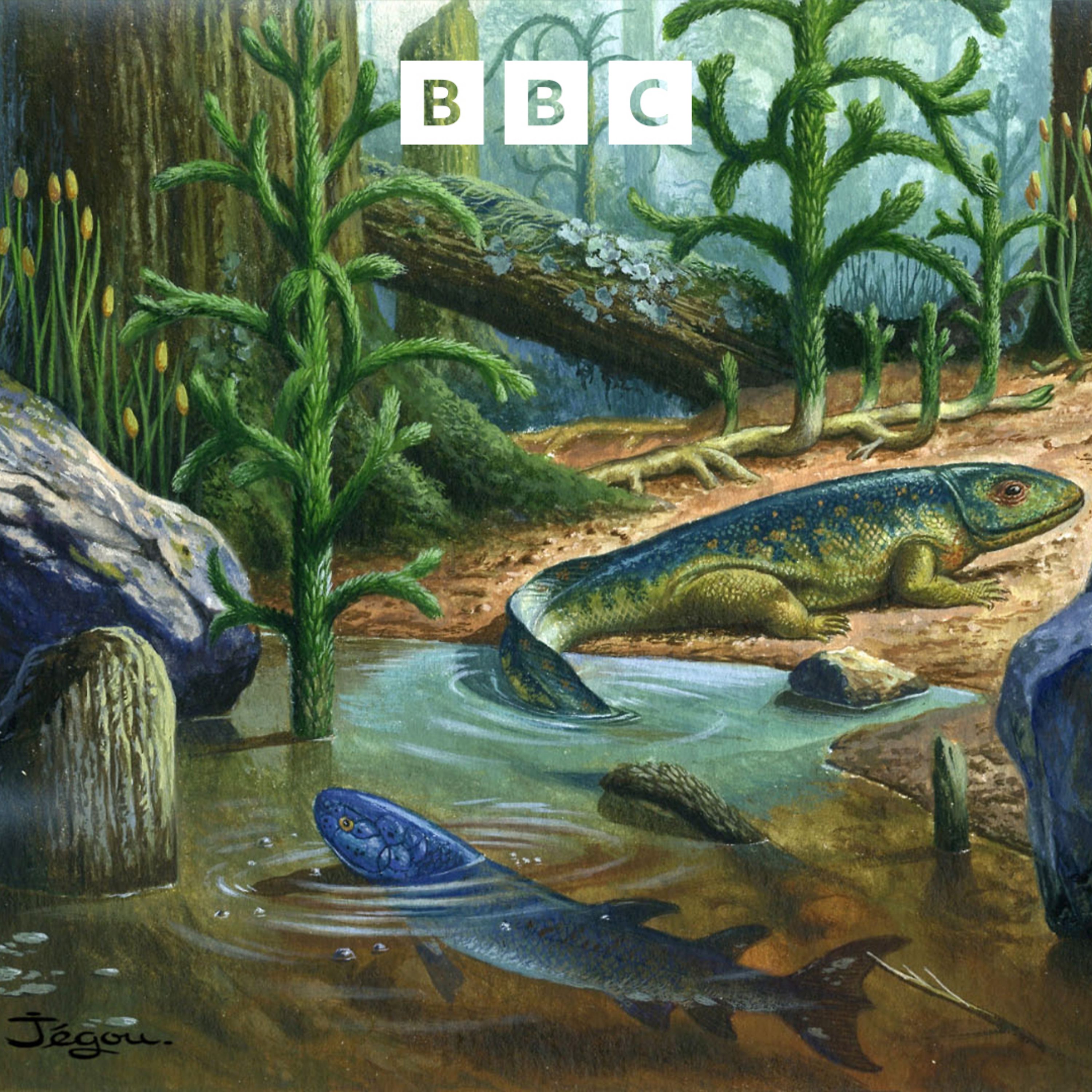- History
- SEE MORE
- classical
- general
- talk
- News
- Family
- Bürgerfunk
- pop
- Islam
- soul
- jazz
- Comedy
- humor
- wissenschaft
- opera
- baroque
- gesellschaft
- theater
- Local
- alternative
- electro
- rock
- rap
- lifestyle
- Music
- como
- RNE
- ballads
- greek
- Buddhism
- deportes
- christian
- Technology
- piano
- djs
- Dance
- dutch
- flamenco
- social
- hope
- christian rock
- academia
- afrique
- Business
- musique
- ελληνική-μουσική
- religion
- World radio
- Zarzuela
- travel
- World
- NFL
- media
- Art
- public
- Sports
- Gospel
- st.
- baptist
- Leisure
- Kids & Family
- musical
- club
- Culture
- Health & Fitness
- True Crime
- Fiction
- children
- Society & Culture
- TV & Film
- gold
- kunst
- música
- gay
- Natural
- a
- francais
- bach
- economics
- kultur
- evangelical
- tech
- Opinion
- Government
- gaming
- College
- technik
- Jesus
- Health
- movies
- radio
- services
- Church
- podcast
- Education
- international
- Transportation
- Other
- kids
- podcasts
- philadelphia
- Noticias
- love
- sport
- Salud
- film
- and
- 4chan
- Disco
- Stories
- fashion
- Arts
- interviews
- hardstyle
- entertainment
- humour
- medieval
- literature
- alma
- Cultura
- video
- TV
- Science
- en
Finding early vertebrates footprints and the Deaflympic badminton champion

First, we go back to 1992, when off the coast of Ireland, a Swiss geology student accidentally discovered the longest set of footprints made by the first four-legged animals to walk on earth.
They pointed to a new date for the key milestone in evolution, when the first amphibians left the water 385 million years ago.
Dr Frankie Dunn, who is a senior researcher in palaeobiology at the Oxford University Museum of Natural History in the UK, then dives into landmark discoveries in geological history.
Plus, the story of Winifred Atwell, a classically-trained pianist from Trinidad who was admired by Queen Elizabeth II and Sir Elton John. She became one of the best-selling artists of the 1950s in the UK.
Then, how the Guarani, an indigenous language of South America, was designated an official language in Paraguay\u2019s new constitution, alongside Spanish.
Also, the lesser known last eruption of Mount Vesuvius in 1944.
Finally, Indian badminton player Rajeev Bagga who has won 14 gold medals at the Deaflympics. In 2001, he was given the \u2018Deaflympian of the Century\u2019 award.
Contributors:\nIwan St\xf6ssel - Swiss Geologist.\nDr Frankie Dunn - Senior Researcher in Palaeobiology at the Oxford University Museum of Natural History in the UK.\nDavid Olivera - Paraguayan Linguist and Anthropologist.\nAngelina Formisano - Evacuated from the village of San Sebastiano during the 1944 eruption of Mount Vesuvius.\nRajeev Bagga - Indian Badminton Player.
(Picture: Illustration of a tetrapod from the Late Devonian period. Credit: Christian Jegou/Science Photo Library)